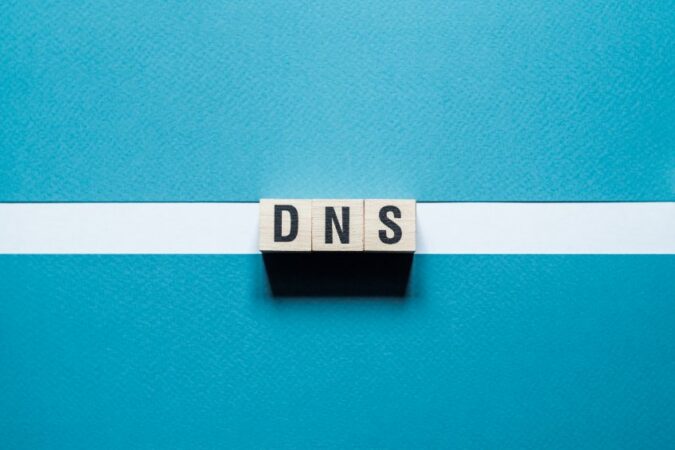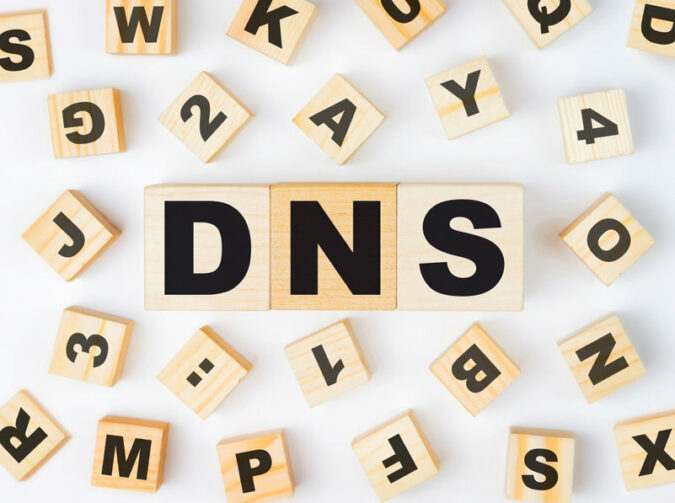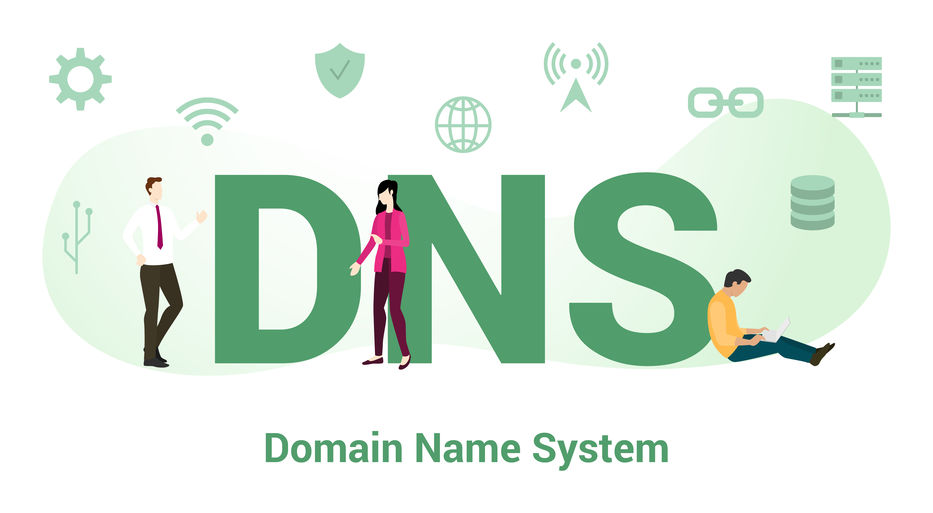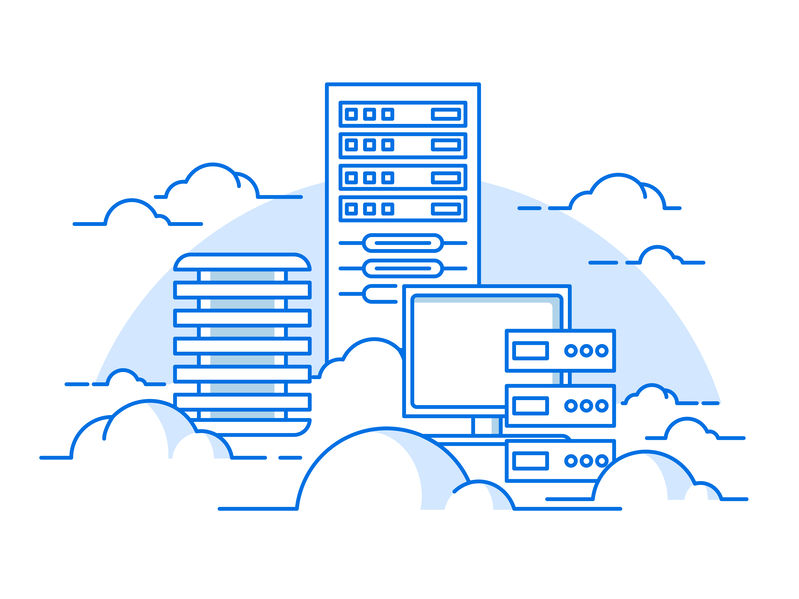Tag: DNS
DNS zone – What is it?
DNS zone – What does it imply?
The Domain Name System (DNS) zone is a small but crucial component of the DNS system. Using this operating segment, DNS administrators can manage and govern their networks. In addition, many DNS zones probably make use of the same DNS server as you. Consequently, handling the entire namespace is simpler.
Furthermore, the entire Domain Name System (DNS) exists because of these divisions.
One Domain Name System zone, for instance, might apply to domain.net, blog.domain.net, and so forth. However, examining a particular subdomain as an independent website calls for dedicated management. Therefore, that subdomain will have to have its own zone.
Why to use a Private DNS server?
The purpose of a Private DNS server
A Private DNS server, as the name suggests, is something unique. They’re Private DNS networks that aren’t connected to the public DNS. Consider it a personal library with a limited number of books. This has both advantages and disadvantages. However, if you want to read a specific kind of book, you will be unable to do so. Nevertheless, there is one advantage: no one will know what you are reading because your library is private.
Secondary DNS – Everything you need to know
Secondary DNS – What is it?
Secondary DNS, or also often called Slave or Backup DNS, is a great service that provides a network of DNS servers. They are secondary to your Primary DNS server. Their purpose is to duplicate the Primary DNS zone file automatically. That way, you could establish more points in the world where your DNS records are stored. They are available in a situation when your Primary DNS experiences downtime.
Continue reading “Secondary DNS – Everything you need to know” →
DNS best practices
Have you heard about the most popular DNS practices? If not, you are at the right place!
DNS security is essential for any organisation. We need to protect it as much as we can so the company’s regular work does not get affected in any way. Here we have a list of top DNS methods to do it.
Make available only the most necessary. Not everything should be available to the public. You could have private domain names. You should limit the access.
Cloud DNS service explained
Cloud DNS services are getting popular. More and more companies are benefiting from the Cloud infrastructure and advanced tech that DNS providers can offer. To be able to make a choice, you need first to understand what Cloud DNS service is.
What is DNS?
DNS poisoning (DNS spoofing) explained
What is DNS poisoning (DNS spoofing)?
DNS poisoning (DNS spoofing) is a technique that hackers use. It imitates another device, user, or client. It acts as a cover, which makes it easier to disrupt the regular flow of traffic or reach protected information.
What is the DNS CNAME record?
We could not skip one of the essentials – the DNS CNAME record- to expand the information about Domain Name System records. So let’s dive in and explain a little bit more about it.
DNS CNAME record explained
Another way that the DNS CNAME record is also known as the canonical name record. It has a very specific role. Which is to define one domain name is just a different way to receive the primary hostname. This host name is also known as the canonical domain. Through you are able to benefit from the CNAME record. You can use it for different results and many purposes, but the appropriate way of applying it is for subdomains.
Simply directing your subdomains to your primary domain is the perfect case of using the CNAME record.
There is one thing that you should remember for the DNS CNAME record. If you have such a record already created for one hostname, it will not give you the chance to import any other DNS records for that specific hostname. If you desire to have an action similar to this, directing one hostname to another but also adding more records, such as MX records, you can use the ALIAS record. And that will help you achieve this goal.
How to create a DNS CNAME record?
Nslookup – Beginners Guide
Nslookup explained.
Nslookup is a very practical network administration command-line software. It is very useful, and it has a simple interface. Its name breaks to “ns” for nameserver and “lookup” for querying it. Primarily is used to find the IP address that corresponds to a host. Also, for a process called “Reverse DNS Lookup,” which is the domain name that matches an IP address. You can use it from the Terminal. Check domains, devices/IP addresses, or DNS records. It is available on the traditional computer operating systems Linux, macOS, and also Windows.
What does Dynamic DNS mean?
Using a Dynamic DNS could be very beneficial for many people. Simply this DNS service is an automatic method for refreshing the new IP addresses. A static IP address might be very pricey. So let’s explain a little bit more about Dynamic DNS and what are the benefits of using it.
Dynamic DNS explained.
Dynamic Domain Name System is also called DDNS or Dynamic DNS.








